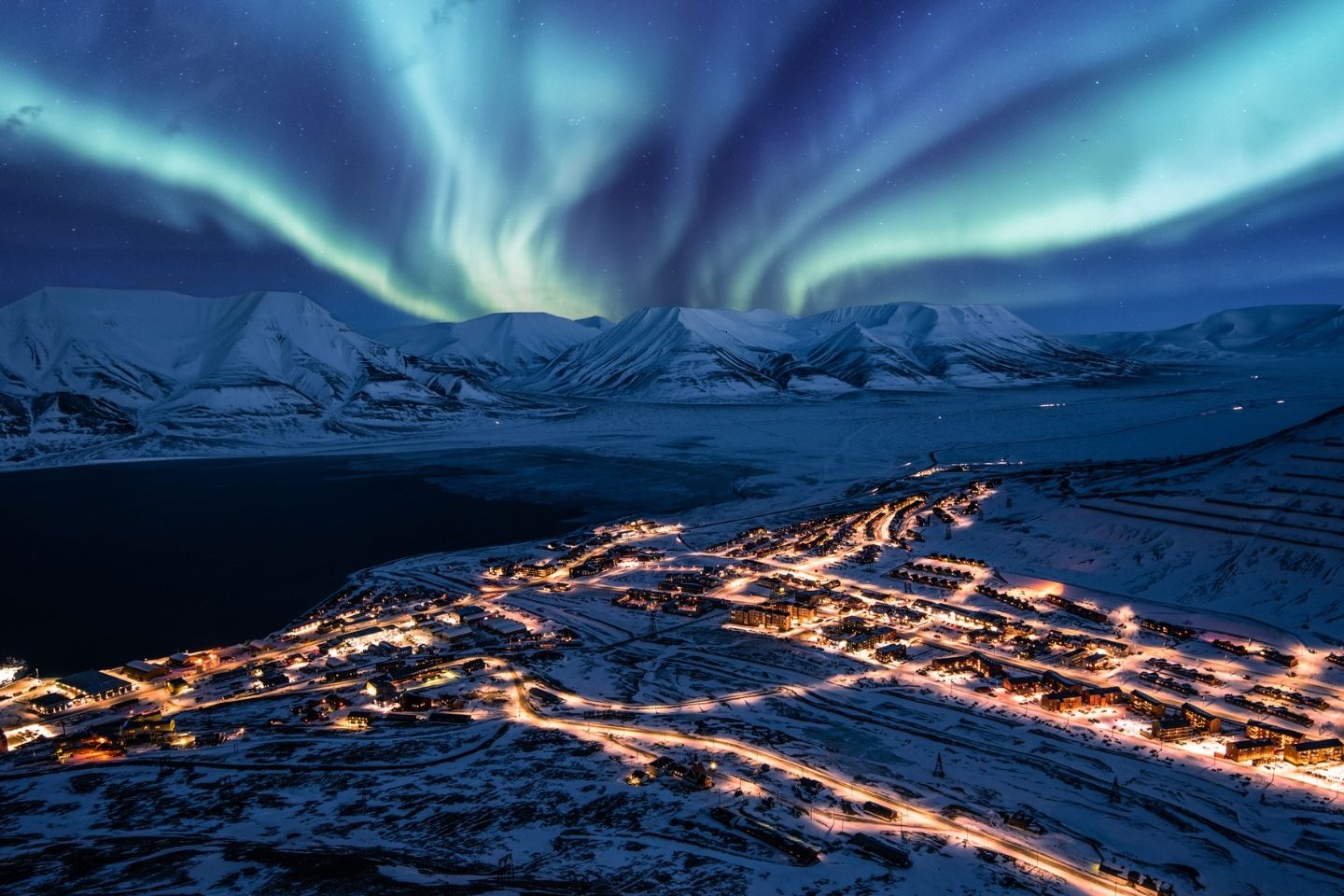Deep within the Arctic Circle on the remote Norwegian island of Svalbard, you’ll find the Svalbard Global Seed Vault, often called the ‘Doomsday’ Vault. This remarkable repository is crucial in safeguarding the world’s agricultural heritage. While it symbolizes hope for humanity’s future, it firmly keeps its doors closed to the public. Several factors contribute to the inaccessibility of this extraordinary seed bank.
The Global Importance of the ‘Doomsday’ Vault
The Svalbard Global Seed Vault acts as a global insurance policy against the catastrophic loss of agricultural biodiversity. It is located in a region known for its permafrost and cold, stable climate, and it stores millions of seed samples from crops worldwide. These seeds safeguard against disasters, ensuring humanity can recover and continue food production despite calamities such as nuclear war, natural disasters, or crop diseases.
Extreme Inaccessibility
One primary reason visiting the ‘Doomsday’ Vault is nearly impossible is its remote and hostile location. Svalbard is more than 800 miles from the North Pole, and the seed bank sits deep inside a mountainside, nearly 430 feet above sea level. Access is challenging even for scientists and technicians who maintain the facility, requiring meticulous planning and specialized transportation.
Strict Security Protocols
Strict security protocols are another crucial factor preventing public visits. A robust security system, including surveillance cameras, motion detectors, and double steel doors encircle the Svalbard Global Seed Vault. Entry is only permitted for authorized personnel, such as government officials, scientists, and support staff. This high level of security is essential to protect the integrity of the world’s agricultural biodiversity.
Vulnerability to Contamination
Allowing visitors could inadvertently introduce contaminants, pests, or pathogens that pose a risk to the seeds stored within the facility. Given the seeds’ vital role in preserving global food security, even the slightest threat must be minimized. Stringent quarantine measures are in place for those with access, further underscoring the need for restricted entry.
Protecting Against Biopiracy
The ‘Doomsday’ Vault seeds belong to countries and organizations worldwide. Opening the facility to the public could potentially expose the genetic resources of these nations to biopiracy—the unauthorized commercial exploitation of biological materials. By keeping the facility closed, Norway protects the genetic diversity contained within these seeds.
Preserving the Integrity of the Vault
Public visits would necessitate additional infrastructure and facilities, potentially compromising the seed bank’s integrity. Environmental factors, such as increased foot traffic or waste disposal, could impact the permafrost and temperature-controlled conditions crucial for seed preservation. The primary focus remains on the longevity and safety of the seeds rather than accommodating tourists.
The Role of the Norwegian Government
The Norwegian government serves as the primary custodian of the Svalbard Global Seed Vault and is responsible for managing and maintaining the facility to the highest standards. This responsibility includes implementing strict access controls and ensuring that the primary mission of preserving biodiversity and food security remains uncompromised.
Exceptional Seed Distribution Procedures
While the ‘Doomsday’ Vault may not be accessible, countries and organizations receive seed distributions as needed. An elaborate system ensures that sources are available globally for crop research, development, and restoration efforts. This underscores the practicality of the seed bank’s mission without the necessity of public tours.
